As a traditional ornament and cultural treasure, amber bracelets form through millions of years of resin fossilization. Their warm texture and unique cultural significance make them prized collectibles combining aesthetic value with practical functionality. This article systematically explores the benefits of wearing amber bracelets, starting with fundamental knowledge, to provide readers with scientific insights and practical guidance. Below, we will detail the fundamentals of amber bracelets and explore the benefits of wearing them.
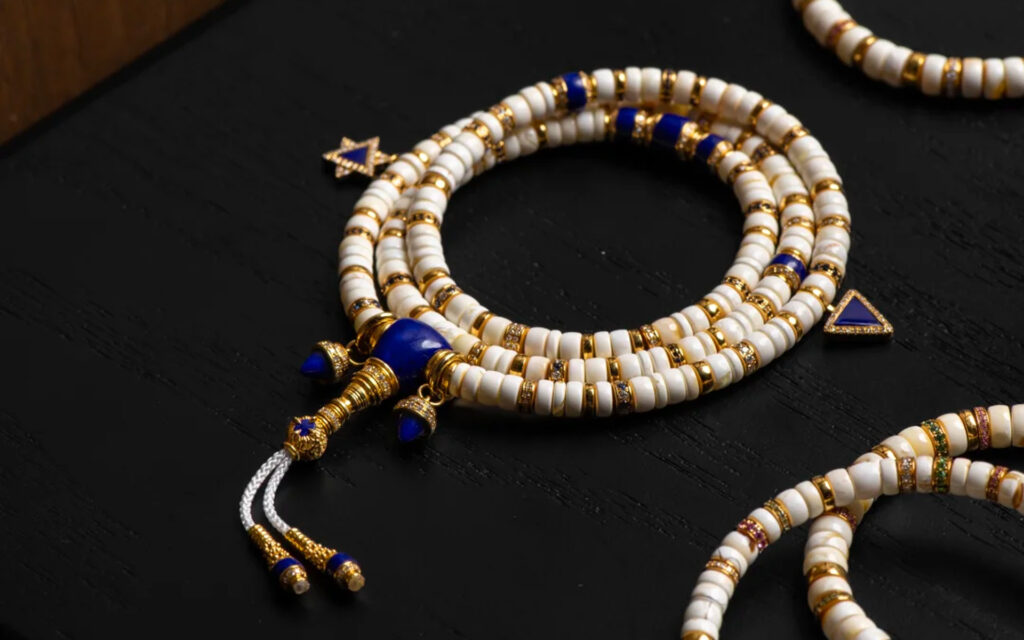
What Are the Benefits of Wearing Amber Bracelets?
To many newcomers in the cultural artifact circle, amber bracelets may seem merely decorative. However, connoisseurs recognize amber offers more than aesthetic appeal.
Amber bracelets feature pure, uniform color throughout. Though simple in hue, they exude an antique elegance. Wearing amber jewelry reflects the wearer’s taste, transcending mere collectibles to become a fashionable accessory. Beyond aesthetics, wearing amber on the street offers notable benefits. Let’s explore amber’s properties:
1. Cultivating Mind and Body
For women, amber accessories not only serve as beautiful adornments but also help nourish the body and enhance inner grace and poise.
2. Blessings and Fortune
With its smooth, water-like texture, amber is particularly suited for women. Amber bracelets rank among the most fitting cultural treasures for female wearers. Simultaneously, amber is a potent talisman for enhancing fortune. Regardless of age or zodiac sign, wearing amber brings significant benefits.
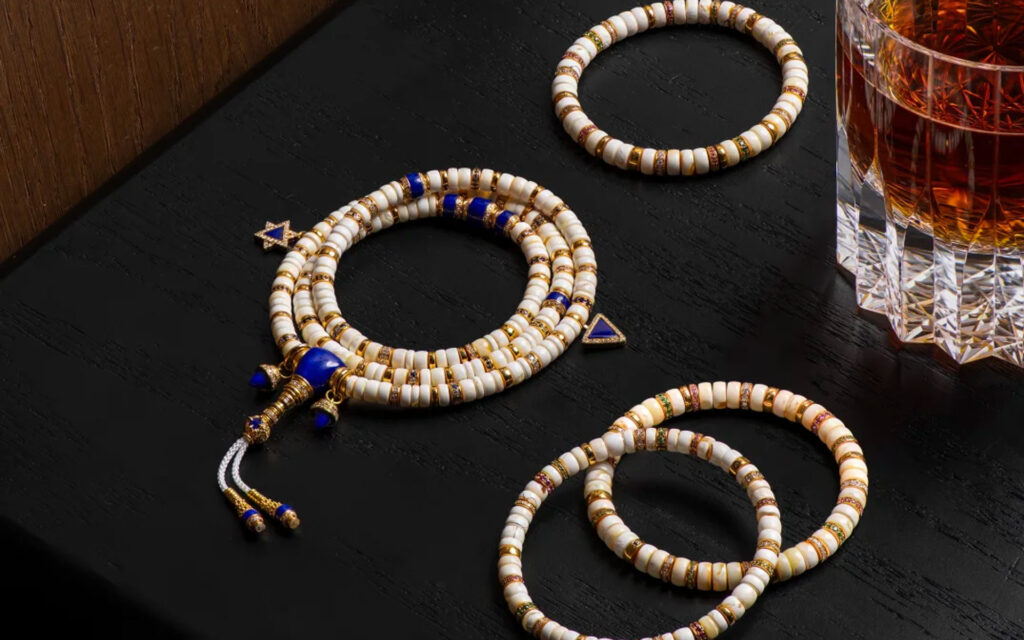
3. Warding Off Evil
In ancient times, amber was widely regarded as a spiritual substance. Wearing it as adornment was believed to dispel malevolent forces, avert misfortune, and ward off demons. It was thought to ensure safety and well-being.
4. Reducing Fatigue
The wrist is the terminal point of the body’s blood circulation (including the fingers). Wearing an amber bracelet allows it to constantly rub against the wrist with hand movements, providing a massage effect that is quite beneficial.
Additionally, the inner wrist houses a pressure point known in traditional Chinese medicine as the “Neiguan.” This point can alleviate insomnia symptoms. Regular contact and friction from wearing bracelets or bangles can occasionally stimulate this point, thereby reducing sleeplessness.
5. Regulating bodily functions
With scientific advancements, people increasingly recognize the health benefits of succinic acid—a component found in amber. Wearing amber bracelets can gradually purify impurities within the body and balance yin-yang energy and blood circulation.
6. Cultural Heritage
Amber culture is an integral part of traditional Chinese collectibles, with amber bracelets and beads serving as its carriers for over a millennium. Over time, the designs of amber bracelets have evolved, driven by the passion of collectors and enthusiasts.
7. Investment Value
Amber is a finite natural resource—once mined, it cannot be replenished. Consequently, its value continues to rise. While you enjoy handling it, it also steadily appreciates in worth. With so many benefits, why hesitate? If you like it, grab it now!
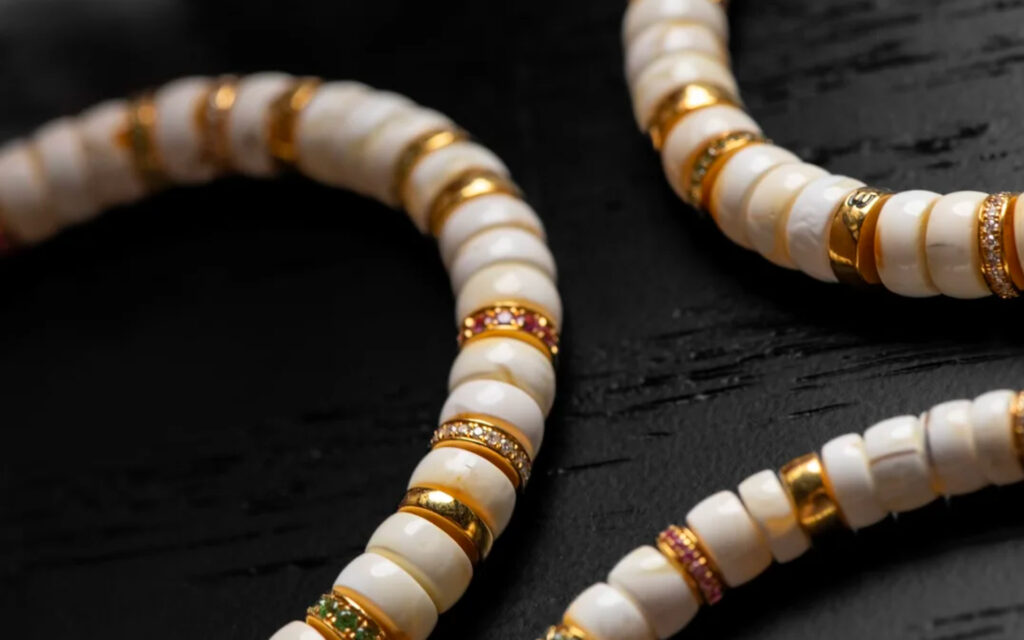
Basic Knowledge of Amber Bracelets!
I. Amber, also known as honey wax, is a variety of amber. Opaque or semi-opaque amber is called honey wax, which is fossilized tree resin. It is an amorphous substance with no fixed internal atomic structure or external shape. It is one of the Seven Treasures of Buddhism.
II. Origin
Middle East (e.g., Iran, Afghanistan), Myanmar, Pakistan, Africa, northern China, and Russia.
III. Properties
Amber is regarded as an auspicious talisman with potent protective properties. Newborns wearing it are believed to ward off misfortune and ensure lifelong safety.
IV. Handling Methods:
1. Upon initial purchase, soak in clean water for fifteen minutes, then in diluted saltwater (table salt dissolved in clean water) for ten minutes. Rinse thoroughly, rinse again with clean water, and dry with a soft white cloth. For older pieces with heavy stains, soak in clean water with a few drops of mild detergent for several minutes, then rinse thoroughly with clean water.
2. Opening the skin and handling: The first step in handling is to open the skin. Place the amber in a loofah bag and rub it against the rough side of the loofah with even, rapid pressure. This polishes the amber’s surface, preparing it for the next step of handling. True polishing emphasizes achieving a lustrous, oily patina.
3. After rubbing in the washcloth bag for three to five days, you’ll notice a distinct change: the amber initially stays put in the bag but eventually starts slipping around. This indicates the surface has been properly opened. At this stage, remove the amber. It’s generally recommended to drill a hole at your chosen location first, attach a wrist cord, and wear it on your wrist for handling. Handling also has its own rules: handle it daily, apply oil once; handle it weekly, rest for two days; handle it monthly, clean it once. Periodically, handle it to build patina, then buff it with a towel to restore its luster.
4. After about a month, you’ll notice the amber appears soiled. Gently brush its surface with a toothbrush dipped in Johnson’s Baby Oil. Remove any dirt lodged in crevices without water—just brush clean, dry with a towel, and resume handling.
5. Meanwhile, prepare a small cotton towel pouch. Place the polished amber inside the pouch and rub it evenly to polish the surface. This process will make the amber surface become oily and lustrous.
6. Through the above steps, you will have polished your own beautiful, fully-patinated amber pendant.
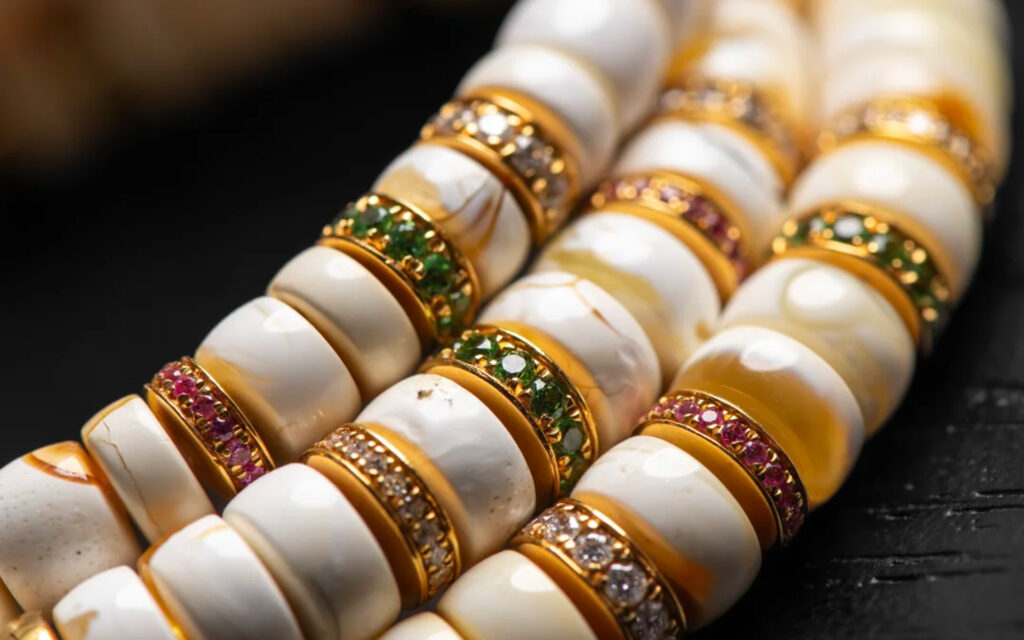
V. Care Instructions:
1. Like amber, honey amber is brittle and has low hardness. Avoid subjecting it to external impacts, friction, or scratching to prevent damage or breakage.
2. Store honey amber jewelry separately. Do not place it alongside sharp or hard items like diamonds.
3. Amber is vulnerable to strong acids and alkalis and dissolves easily in organic solvents. Avoid contact with organic solutions like alcohol, gasoline, or kerosene.
4. Amber has a low melting point and melts easily. Protect it from direct sunlight and high temperatures. Do not expose it to prolonged sun exposure or place it near heaters. Excessive dryness can cause cracks.
5. The best care is consistent wearing, as natural oils from the skin enhance its luster over time.
6. Amber dehydrates easily; excessive dryness may cause cracking. When not worn, store individually in a sealed plastic bag.
7. Always use specialized jewelry cleaner for maintenance.
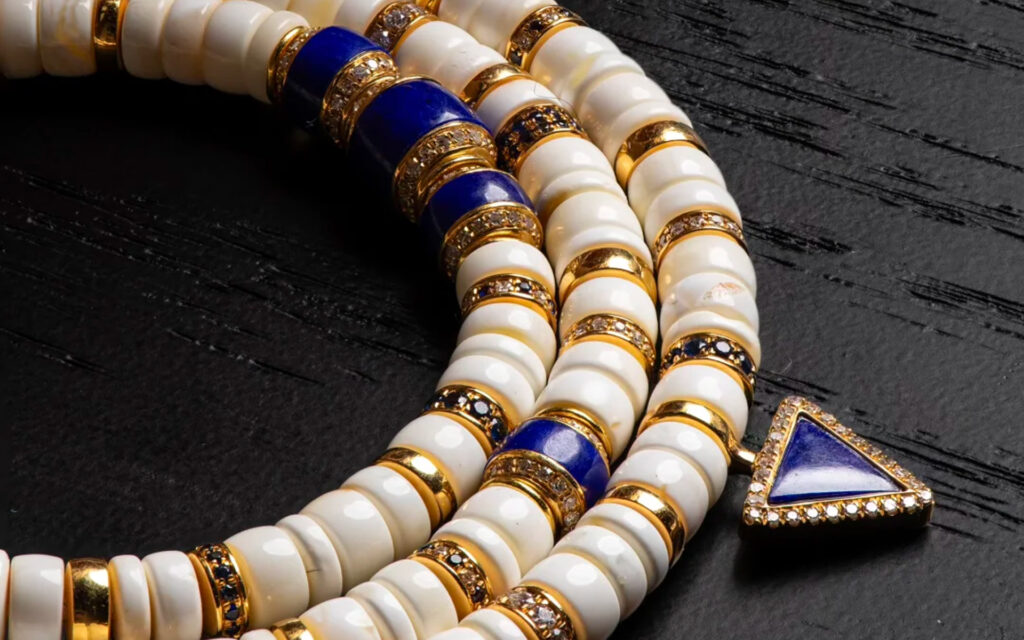
VI. Authentication (Genuine vs. Fake):
1. Saltwater Test: Amber has a density between 1.05-1.10. In saturated saltwater (1:4 salt-to-water ratio), amber, lightweight plastics, and resins will float, while ordinary plastics, glass, acrylic, and bakelite will sink. (Friendly reminder: This method applies only to unmounted amber. Amber with insufficient salt concentration, significant weight, or high impurity content may also sink.)
2. Heat Test: Heat a needle until red-hot and pierce an inconspicuous area of the amber. Genuine amber emits a faint pine resin scent. Bakelite and plastic produce a pungent odor and stick to the needle. (Friendly reminder: Excessive heat may leave black marks on the amber surface, affecting its appearance).
3. Knife-scraping and needle-pricking test: Scraping amber with a utility knife produces powder; resin breaks off in chunks; plastic curls into sheets; glass remains unmarked. When piercing amber with a hard needle at a 20-30 degree angle to the horizontal plane, it should shatter with a distinct cracking sound and produce very fine powder residue. If it’s plastic or another material with different hardness, the needle will either not penetrate or feel extremely sticky, possibly even sinking in. (Friendly reminder: This test may damage your jewelry. Damaged areas requiring removal or cutting can only be repaired by professionals. It’s best to avoid or minimize this test to prevent harming the amber.)
4. Nail polish remover: Apply a small amount to a cotton swab and repeatedly wipe the amber surface. No noticeable changes occur. Both plastic and pressed amber remain unchanged, but resin and copal, lacking fossilization, will be corroded, leaving sticky pits. Soaking rosin in the remover will cause it to slowly dissolve. (Friendly reminder: Some amber has a surface coating that may develop white spots when wiped with the solution. Scrape off this coating with a fingernail to expose the amber surface; wiping the solution on this bare surface will show no further changes. The solution still has an 18%-20% dissolution rate on amber, and prolonged soaking may cause the surface to become hazy.)
5. Feel: Amber is a neutral organic gemstone. It feels neither overly warm in summer nor excessively cool in winter, offering a gentle warmth. Imitations made from glass or chalcedony will feel cold and heavy.
6. Observing the Scales: This is the primary method for identifying genuine amber in jewelry settings. Genuine amber often displays beautiful lotus-leaf-like scales. These scales appear different from various angles, with varying refractive indices, emitting a luminous, living glow. Fake amber typically lacks high transparency; its scales emit a dull, lifeless light that looks nearly identical from all angles, lacking amber’s inherent vitality. Fake amber often features injected scales and patterns, resulting in uniformity. The most common type on the market displays red scales.
7. Inspect bubbles: Natural amber bubbles are predominantly round, while pressed amber bubbles tend to be elongated and flattened.
8. UV Light Test: Place amber under a currency detector. It will fluoresce in pale green, green, blue, white, or other hues. Amber and golden amber exhibit the most pronounced color change, while blood amber and honey amber show less noticeable shifts—the more transparent the amber, the more evident the change. Plastic will not fluoresce. (Friendly reminder: Avoid testing under strong light, as it may obscure the effect.)
9. Scent: When rubbed, genuine amber emits only a faint, barely perceptible odor—or none at all. However, amber with its natural skin intact will release a fragrance when rubbed, as will scented amber. Amber only emits a pine scent when burned. (Friendly reminder: Avoid purchasing street-vendor amber that smells without rubbing.)
10. Sound Test: Gently roll an unmounted amber bead in your palm. It will produce a soft, slightly muffled sound. Plastic or resin beads emit a crisp, clear sound.
1. Static Attraction: Rub amber against clothing; it will attract small paper fragments. (Friendly reminder: This excludes copy paper.)
12. Professional Appraisal: Have the amber tested at a CMA-certified jewelry appraisal center for the most reliable results.
Note: Optimal testing methods: visual inspection, UV light examination, tactile feel, and saltwater test. Other methods may cause varying degrees of damage to genuine amber even if they detect authenticity. These identification techniques should not be used in isolation; employ multiple testing methods in layers to separate the genuine from the fake!